What Optical Illusions Are and Why We Sometimes See Something That Is Not There
Optical illusions trick our brain with the help of light, color, and pattern making it see things differently than the way they are in real life.
5-Minute Crafts wants to explain to you how exactly it happens and why straight lines sometimes look like curvy ones, while lines with identical lengths seem different.
What an optical illusion is all about
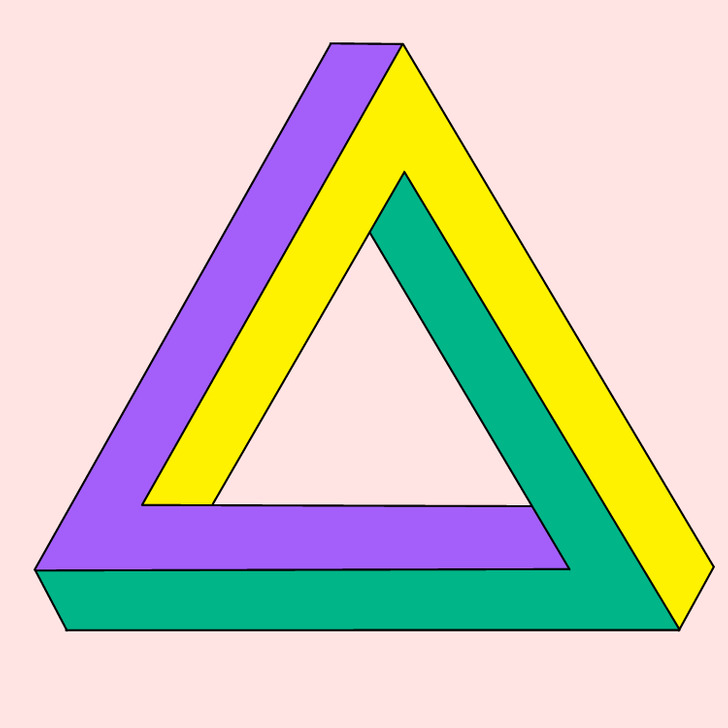
The word “illusion” comes from the Latin word illudere and means “to mock.” This word perfectly suits the description of an optical illusion.
An optical illusion is a picture that we perceive to be not the way it actually is. It appears when our eyes send our brain tricky information that makes us perceive the image differently.
Figuratively speaking, our brain is like a very smart computer that doesn’t have the ability to see. In order to understand what is happening around us, our eyes tell the brain what the things around us look like. The problem is that our eyes are not always able to accurately convey what they see. Sometimes there is a misunderstanding between the brain and the eyes. At this moment, it may seem to us that a static picture is moving, or we might see shapes and colors that don’t exist in reality.
Types of optical illusions
Physical
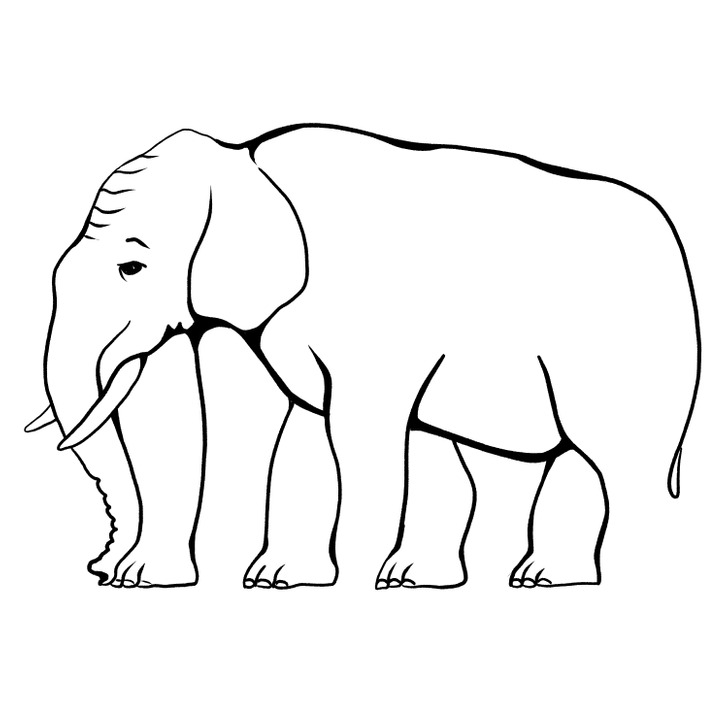
These illusions are created when our eyes perceive an image and our brain fills the gaps thus creating an image that’s different from the object that makes it. In other words, in this case, we see something that is not actually there.
That’s why, when you are looking at the picture above, it seems to you that the elephant has more legs than it is supposed to have. If you look closer, you’ll see how this illusion works. The artist placed the images of the feet between the actual legs and we end up seeing not the separate parts of the picture but seemingly too many elephant legs at once.
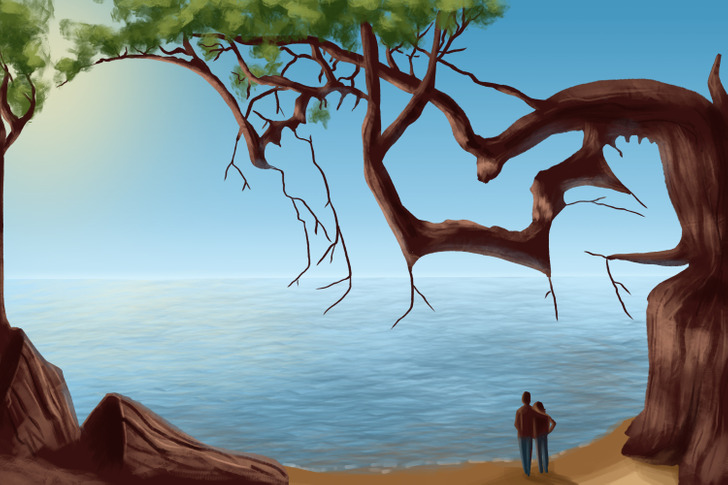
Our brain works by the same principle when it recreates images in the contours of clouds or in everyday objects. That’s why the second picture includes 2 images at once — we see a baby in the contours of the tree.
Physiological
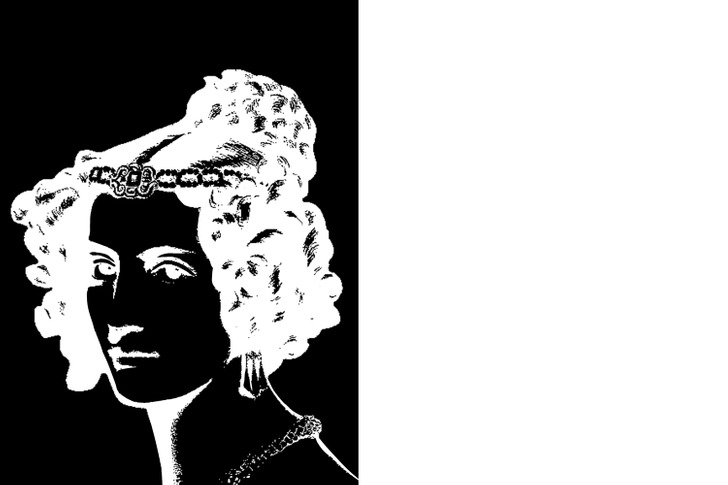
These illusions appear due to an excessive amount of stimuli for a certain period of time (brightness, colors, and other things) on our eyes and the way they affect our brain.
If you look at the portrait depicted above for 60 seconds and then take a look at the blank space next to it, you’ll be surprised with the result.
In this case, due to our eyes’ exposure to the image, the retinal photoreceptor cells keep sending neural impulses to our brain, even after we’ve stopped looking at the picture. It all results in the appearance of the after image.
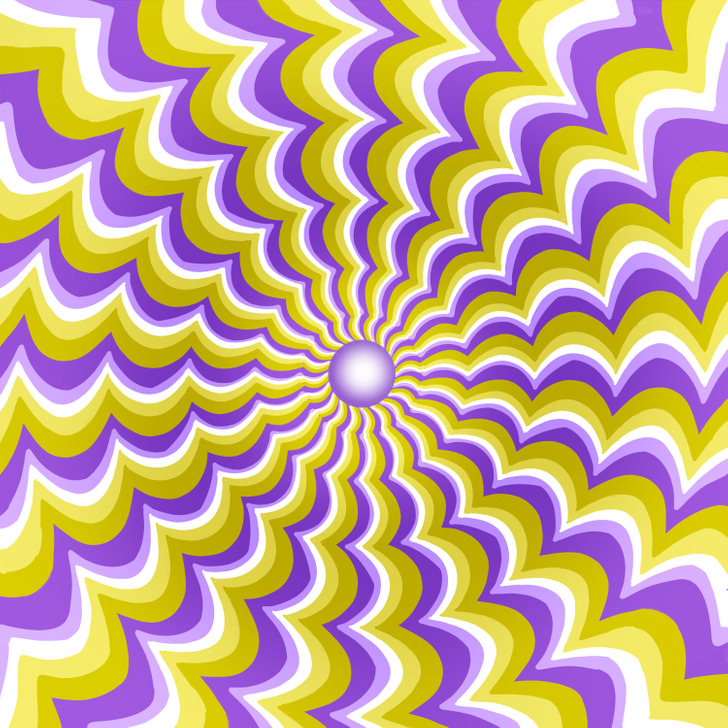
We see the illusion above as moving due to the special combination of color contrasts and the placement of shapes in it.
Cognitive
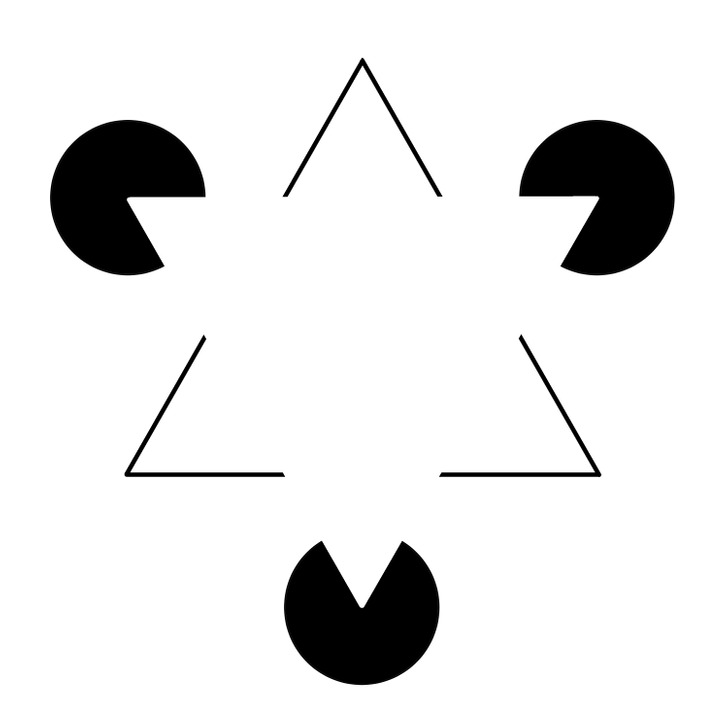
Illusions of this type are caused by unconscious inferences that our brain makes when looking at certain objects. In the case of physical illusions, a person’s brain makes the conclusion based on the analysis of the object they see. A cognitive illusion is created based on an object that doesn’t exist.
Perhaps Kanizsa’s Triangle is one of the most famous cognitive optical illusions. There, we see a bright white triangle, which in fact is not there. The illusion appears thanks to the contrast of black and white colors as well as because of the missing parts in the black circles.
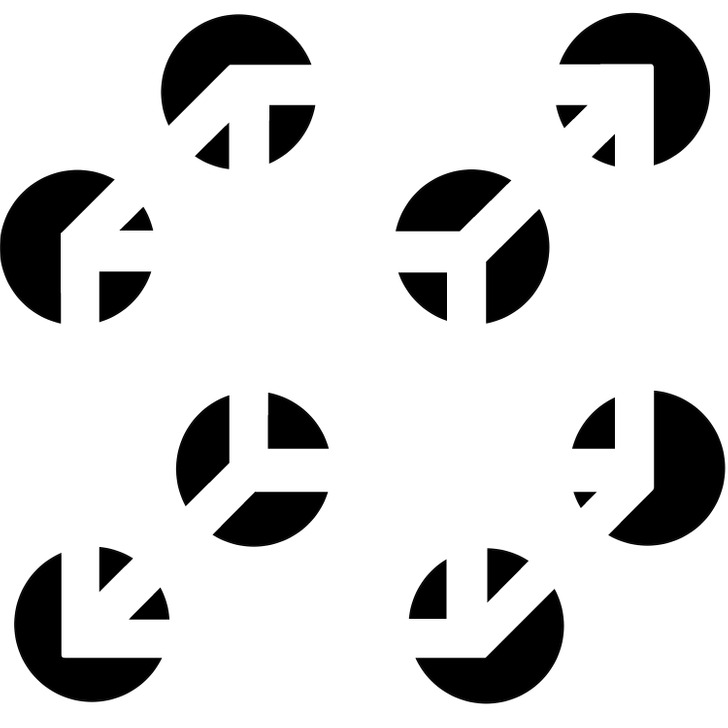
The illusion in the picture above works by the same principle — our brain “finishes” the image and finds in it something that is not there. That’s the reason we see a cube in it.